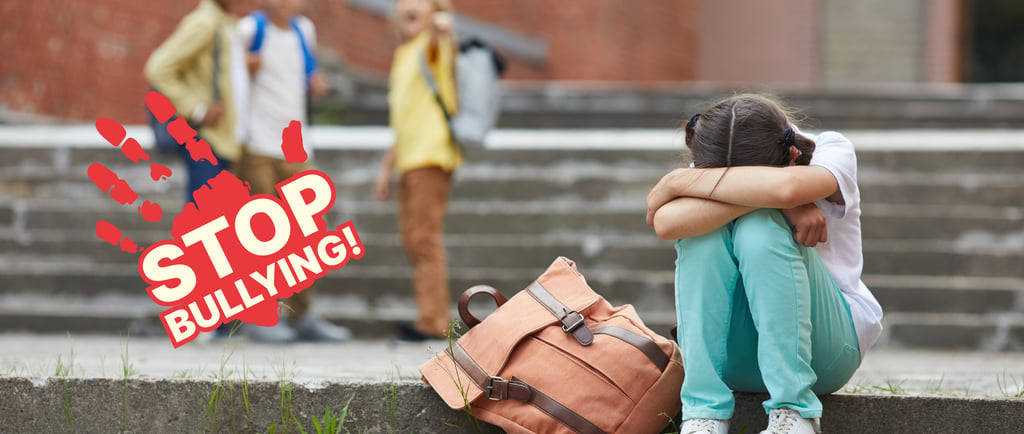The Top 3 Real‑World Ways to Help Your Child Deal With Bullying
Watching your child face bullying can feel overwhelming and heartbreaking—but you are not powerless. In this heartfelt guide, The Top 3 Real World Ways to Help Your Child Deal With Bullying, you’ll discover practical, compassionate strategies that truly make a difference. Learn how to create a safe space at home, empower your child with confidence building tools, and partner effectively with their school and community. With real world tips, printable checklists, and sample phrases your child can use right away, this article is like sitting down with a trusted friend over coffee—full of support, hope, and actionable steps to help your child feel safe, strong, and never alone.
COMMON ISSUES
Collin Kelly
3/23/20252 min read


Bullying can make your heart ache as a parent. Seeing your child hurting—whether it’s from mean words, exclusion, or something more—is one of the hardest things. But you’re not powerless. With a little patience, a lot of love, and some real‑world strategies, you can help your child feel safe, supported, and strong.
Here are three ways I would share with you if we were sitting together over coffee, talking about our kids.
1. Be Their Safe Space at Home
When your child is being bullied, home needs to feel like the warmest hug in the world.
Listen without judgment. Let them tell their story at their own pace—whether it’s through tears, angry words, or hesitant whispers.
Validate their feelings. A simple, “That sounds really hurtful. I’m so sorry you’re going through this,” goes a long way.
Reassure them. Remind them they’re not alone and that you’re in this together.
Real‑world tip: Create a nightly “check‑in” time—maybe while washing dishes together or during bedtime—to give them space to share how things are going without pressure.
2. Empower Them With Tools and Practice
Kids can feel powerless when they’re being bullied, so giving them practical tools can build confidence.
Role‑play responses. Together, practice calm, short phrases like, “I don’t like that. Stop.” or “That’s not okay.”
Work on body language. Standing tall, making eye contact, and walking away with confidence can make a big difference.
Teach them when to get help. Let them know it’s always okay to go to a trusted adult if things don’t stop.
Real‑world tip: Turn practice into a game. Pretend you’re the bully (with a silly voice) and let your child try out responses until they feel strong and ready.
3. Partner With Their School and Community
You don’t have to handle this alone—schools and other adults can be powerful allies.
Talk to their teacher or counselor. Share specific incidents, dates, and names if possible. The more details you have, the better they can help.
Follow up and stay involved. Check back in with the school to make sure plans are in place and working.
Find supportive spaces. Encourage friendships through clubs, teams, or activities where your child feels valued and safe.
Real‑world tip: When you talk to school staff, go in with a calm, collaborative tone. Something like, “I know you care about the students here, and I’d love to work together to support my child.”
A Final Word From One Parent to Another
Watching your child deal with bullying is tough, but it’s also a chance to show them they are deeply loved, fiercely supported, and never alone, show them you will ALWAYS protect them. By creating a safe space at home, practicing real‑life responses, and partnering with their school, you’re giving them tools they’ll carry for life.
You’re doing better than you think, friend. Keep showing up, keep listening, and keep reminding your child that they are worthy of kindness—always. 💛
